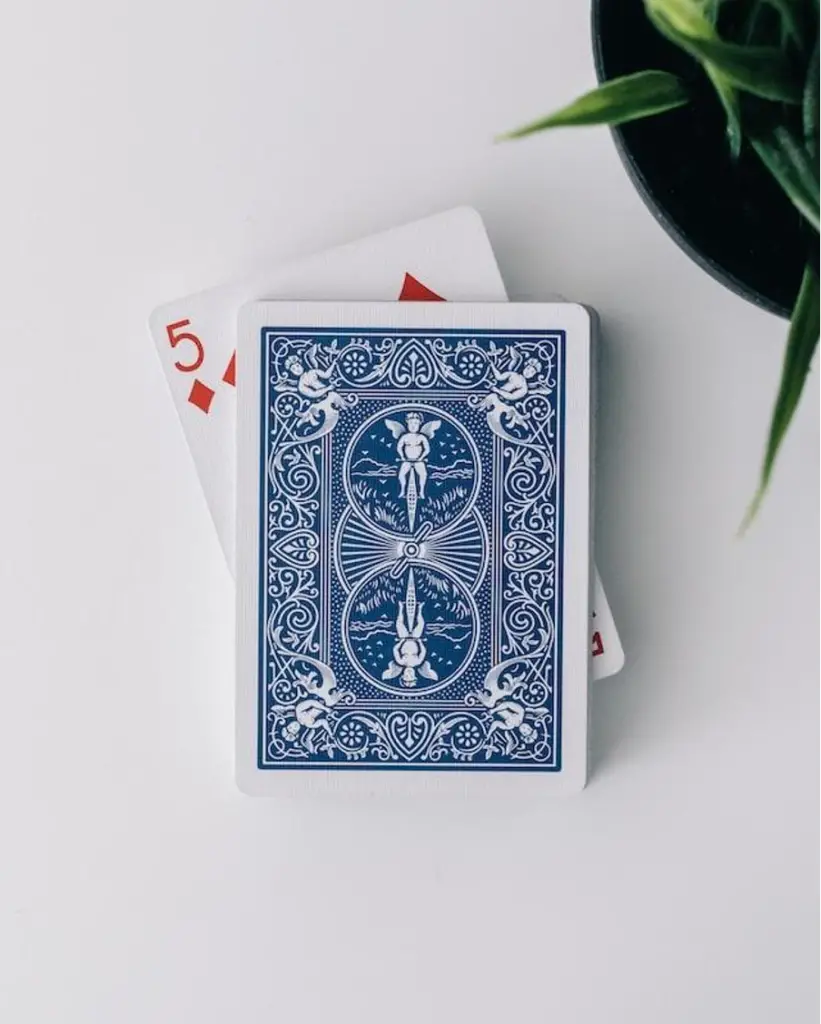
Hearts is one of the favorite card games of all time because it is easy to play, yet there is plenty of room for advanced strategies.
This trick-taking card game’s origins take us to 1750s Spain, and the first time it appeared in America was around the 1880s. It was known by many names through the years, and probably the most popular one is “Reverse”. The reason for this name emerges from the goal of the game – to score as few tricks as possible.
Here is all you need to know if you want to test your luck and skills in the game of Hearts.
Game setup
The game of Hearts has several versions, and rules vary depending on the number of players. The game can be played by 3 up to 7 players, but the best and most common version is played by four opponents.
We use a standard deck of 52 cards with an Ace as the highest value card and a Two with the lowest.
Scoring
The object of the game is to score as few points as possible with the ideal score of 0. When one player scores 100 points, the game is over and the winner is the player with the lowest score.
Each heart-suited card is worth 1 point. The Queen of Spades is the one to avoid at all cost, since collecting it can add 13 points to your score.
At the end of each hand, all players count heart-suited cards they collected during the game, as well as the Queen of Spades, and note their scores.
In case a player collects all hearts and a Queen of Spades during one hand, they score zero and all opponents score 26 points.
Dealing

We randomly shuffle the deck, and we deal cards facing down, one at a time, clockwise. In a four-player game, each player gets 13 cards at the beginning.
Passing cards
Players then choose three cards to pass to an opponent and the one holding the Two of Clubs is the one who starts the game.
The play
As we previously said, the Two of Clubs starts the game being the first card that must be played.
Other players take turns in placing one card at a time. The cards that follow should be in the same suit as the leading card. In case a player does not have a card in a particular suit, he or she can play a card of any suit. Hearts cannot be a leading card until we play them on another suit.
The player who revealed the highest card wins the trick and starts the next one. The winner of the trick collects the cards and places them face down until the end of the round.
Tips and Strategies

Passing cards
It is important to get rid of cards with high values since they are the ones adding points to your score.
Most players’ instinct will be to pass the high cards at the beginning and it is usually a good idea to follow this tactic. If you do not pass high cards at the beginning and you receive them from others, you will end up with a lot of high cards in your hands at the beginning of the round.
Also, depending on your tactic, you can pass a Queen of Spades immediately or leave it and wait for the right moment during the game and use it to your advantage.
Keeping track of cards
In order to plan moves ahead, it is good to know which cards are still in play.
Since players should not break suits, it should be easy to keep track of how many cards of each suit have been played.
Also, look out for high-value cards. It is always good to know when top value cards are not in the game anymore.
Playing Spades
If you have low-value Spades in your hands, but not the Queen of this suit, play them as much as possible. This will eventually lead to a player holding this Queen to use it and score 13 points.
Turn losing hand into a winning one
If a certain hand is not going your way, there might be a chance to turn this into your advantage.
In case you already collected many heart-suited cards, turn your goal into collecting all of them along with the Queen of Spades.
Calculate if this move is worth a shot and be careful. In case you don’t make it, you will end up with many points added to your score.
Conclusion
The famous game of Hearts has been globally popular for hundreds of years and there is a good reason for this. Once you master all the rules, you will be able to fully enjoy the beauty of different variations and combinations which vary from one round to another.










